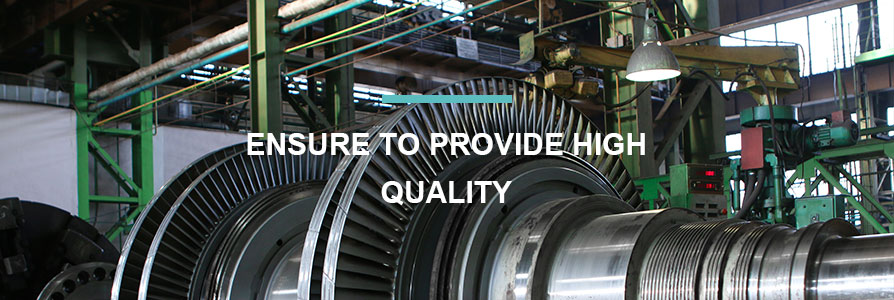1,3-Butadiene: Essential Uses, Safety, and Environmental Impact
Apr. 16, 2025
As global demand for various industrial chemicals continues to evolve, 1,3-Butadiene (C4H6) has emerged as a significant player in the chemical industry. This colorless gas is primarily known for its use in the production of synthetic rubber and other chemical products. Its importance cannot be understated, particularly in the automotive and plastics industries, where it plays a vital role in the manufacture of tires, automotive parts, and various consumer goods.
For more information, please visit 1,3-Butadiene, C4H6 Industrial Gas.
1,3-Butadiene is predominantly produced through the steam cracking of hydrocarbons, as well as from the separation of butane and butylene during refining processes. The production facilities are mainly located in regions with heavy petrochemical activity, including North America, Europe, and Asia. The increasing production capacities in places like Asia, particularly in China, have been a major factor impacting the global supply of 1,3-Butadiene. However, despite an abundant product supply, fluctuations in market prices and availability can occur, prompting buyers to maintain vigilant oversight of market conditions.
The primary market for 1,3-Butadiene remains that of synthetic rubber, particularly in the manufacture of styrene-butadiene rubber (SBR) and polybutadiene rubber (PBR). These materials are critical in tire production, with significant advancements in safety, longevity, and performance due to the improvements in rubber compounds involving 1,3-Butadiene. The overall automotive industry—and consequently tire manufacturing—continues to grow, driving demand for this essential gas.
In addition to rubber production, 1,3-Butadiene is utilized in the creation of various plastics, resins, and other chemical intermediates. Its role in the manufacturing of acrylonitrile-butadiene-styrene (ABS) and other copolymers further reinforces its status as a fundamental industrial gas. Companies involved in the production of consumer goods, including electronics, are increasingly relying on 1,3-Butadiene derivatives to enhance product performance.
However, as with many industrial gases, 1,3-Butadiene presents safety concerns that must be adequately addressed. It is classified as a carcinogen, and exposure can lead to significant health risks. To ensure the safety of workers and minimize risks, manufacturers must adhere to strict regulations regarding handling, storage, and transportation. Proper ventilation, the use of protective equipment, and comprehensive safety training for employees are essential elements in promoting a safe working environment in facilities where 1,3-Butadiene is used or processed.
While industry players work to mitigate safety concerns, attention must also be paid to the environmental impact of 1,3-Butadiene. The gas is a volatile organic compound (VOC) and contributes to ground-level ozone formation, which poses risks to air quality and public health. As environmental regulations become stricter, companies are now exploring more sustainable practices and alternative technologies to minimize emissions from the production process.
The sustainability trend is impacting the purchasing landscape for 1,3-Butadiene. Companies looking to procure this industrial gas are increasingly prioritizing suppliers that demonstrate a commitment to responsible production practices and compliance with environmental standards. As governments around the world introduce more stringent regulations on VOC emissions, strategic sourcing from environmentally responsible suppliers can not only ensure compliance but also reduce the overall risk to their operations.
In conclusion, 1,3-Butadiene is a crucial industrial gas with widespread applications in rubber, plastics, and chemical manufacturing. Although demand continues to increase, safety and environmental impact considerations must remain at the forefront of discussions when purchasing this vital commodity. For buyers engaged in foreign trade, staying informed about market dynamics, safety regulations, and sustainable sourcing practices will be crucial in navigating the complexities of the current 1,3-Butadiene market. Understanding the balance between demand and responsible usage will help ensure that the needs of industries relying on this gas are met while also adhering to safety and environmental standards.
Want more information on Medical Gases China? Feel free to contact us.
7
0
0
All Comments (0)
Previous: None
Next: How SO2 Gas Affects Air Quality and Your Health: What You Need to Know
If you are interested in sending in a Guest Blogger Submission,welcome to write for us!




Comments